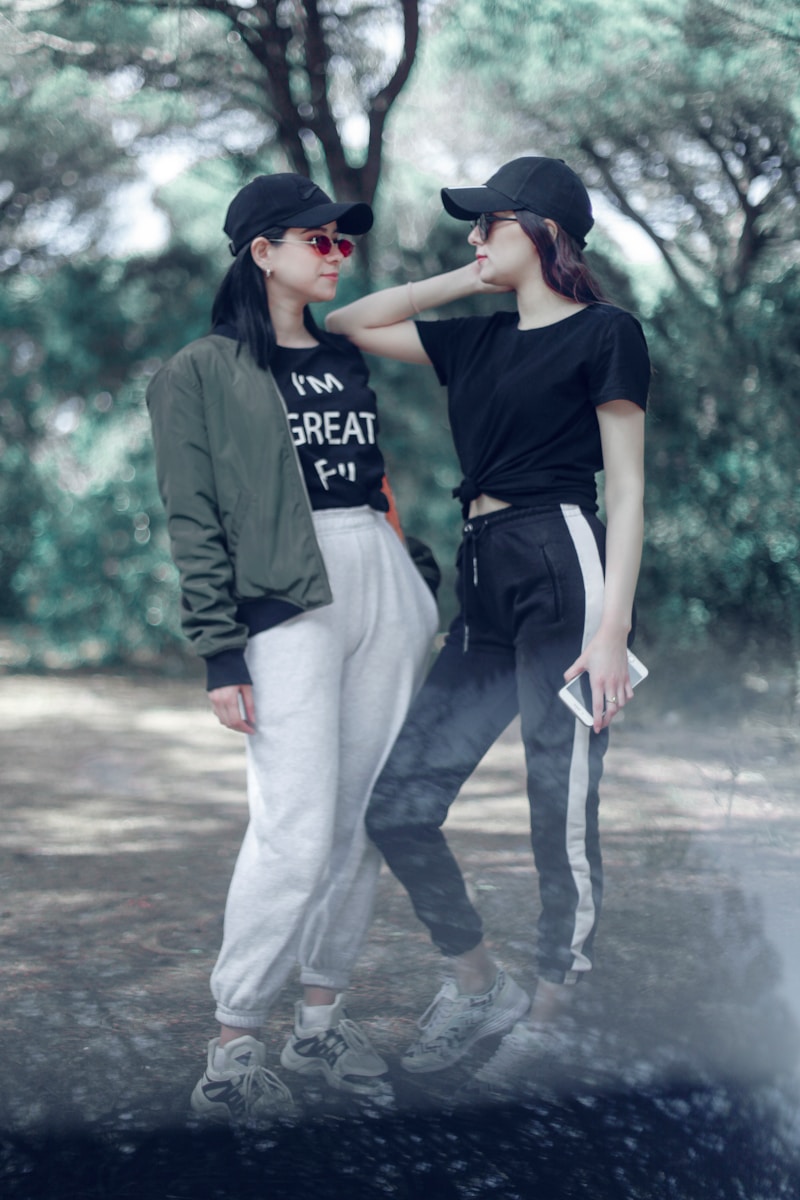In the ever-evolving world of fashion, trends come and go with the seasons, but wardrobe basics remain the timeless foundation of personal style. Basics—those staple pieces like plain T-shirts, classic jeans, white button-downs, and simple sneakers—are the quiet workhorses of every wardrobe. At first glance, these items may seem dull or uninspired, but in reality, they are the ultimate blank canvas for creating stylish, put-together outfits that speak volumes without shouting. The true secret lies in how you style them. Fashion professionals have long understood that looking effortlessly chic doesn’t require a closet full of high-end designer clothes; it takes an eye for detail, thoughtful layering, and confidence. Here’s how you can elevate your basic wardrobe essentials and style them like a seasoned fashion expert.
The Power of Fit: Tailoring Your Basics to Perfection
The first and most essential step to mastering basics is understanding the importance of fit. Even the most expensive or trendy piece can look sloppy if it doesn’t fit well. A crisp white shirt that hugs your shoulders properly, jeans that taper perfectly at the ankle, or a blazer with clean lines instantly transforms a basic look into something polished and intentional. Fashion pros often take their staple items to a tailor, adjusting hems, seams, and lengths for that made-for-you feel. Investing in tailoring enhances even the most ordinary pieces, ensuring they flatter your figure and align with your style identity.
Layering Like a Stylist: Adding Dimension and Depth
Layering is an art form in itself, and fashion insiders use it to add personality and texture to basic looks. A white tee and jeans combo can be made runway-ready by layering with an oversized blazer, a silk scarf, and structured loafers. Try experimenting with varied textures—think cotton under leather, denim with knits, or linen paired with wool. This contrast creates visual interest and gives depth to otherwise minimal ensembles. Layering also allows for adaptability: peel off a jacket during the day and throw on a bold accessory in the evening to easily transition from casual to chic.
Accessorizing Intelligently: Less is More
Accessories are the unsung heroes of any outfit. A basic black dress can look dramatically different with the addition of statement earrings, a structured handbag, or a wide belt. But it’s not about piling on every accessory you own—fashion pros understand restraint. Instead of overloading on items, focus on one or two key accessories that elevate your look. A pair of oversized sunglasses, a bold red lip, or a chunky gold necklace can inject just the right amount of drama into your outfit without overpowering it. Minimalist doesn’t mean boring; it means considered.
Footwear as a Statement: Elevating from the Ground Up
Often overlooked, shoes can completely shift the tone of an outfit. Consider the transformation of a basic T-shirt and jeans combo: pair it with white sneakers for a laid-back, sporty vibe, or opt for pointed-toe heels for a sophisticated edge. Ankle boots add urban flair, while loafers keep things smart-casual. Fashion professionals use footwear as a statement piece—it’s an opportunity to play with color, texture, or print without overwhelming the rest of the outfit. Maintaining clean, well-kept shoes is also key; scuffed shoes can downgrade even the most thoughtfully styled ensemble.
Playing with Proportions: Balancing Shapes and Silhouettes
One of the subtler techniques fashion experts use is playing with proportions. Balancing oversized items with more fitted pieces creates dynamic looks. For instance, an oversized trench coat over a fitted turtleneck and slim jeans offers a modern, fashion-forward silhouette. Alternatively, a boxy cropped tee over wide-leg trousers brings a youthful, street-style edge. Understanding your body shape and knowing how to manipulate proportion is central to making basics look intentional rather than accidental. Don’t be afraid to experiment—sometimes, an unexpected combo brings out the most creative results.
Color and Neutrals: Embracing the Subtle Spectrum
You don’t need a rainbow wardrobe to make a statement. In fact, most fashion insiders gravitate towards a neutral palette—black, white, beige, grey, navy—as it provides versatility and sophistication. Neutrals allow for endless mixing and matching, creating a cohesive wardrobe where everything works together. However, this doesn’t mean color should be avoided altogether. The key is strategic use: one bright-colored bag, a pair of red shoes, or a patterned scarf can become the focal point against a neutral backdrop. It’s about contrast and control, not chaos.
Fabrics Matter: Quality Over Quantity
Another cornerstone of styling like a fashion pro is understanding the role of fabric. Basics in high-quality fabrics like organic cotton, silk, linen, wool, and denim hold their shape better, feel more luxurious, and last longer. These materials drape and wear more elegantly, even if the cut is simple. Professionals prioritize quality over quantity, often preferring a smaller wardrobe with better materials rather than an overflowing closet of disposable fast fashion. Elevating basics through fabric choice is subtle but impactful—it communicates a sense of care and thoughtfulness.
Signature Style: Personalizing the Basics
Fashion is ultimately about self-expression, and even the most basic pieces can become deeply personal with the right styling. Maybe you always cuff your jeans, tie your shirt at the waist, or layer delicate necklaces over a plain tee. These small styling choices create visual consistency and become part of your signature. Fashion pros aren’t afraid to repeat these personal touches—they create identity within their looks. It’s less about copying someone else and more about refining what works for you. In this way, basics become a canvas for authenticity.
Embracing Monochrome: Simplicity with Impact
Wearing a single color head-to-toe might sound boring, but it’s a go-to trick for many in the fashion world. Monochrome outfits elongate the silhouette and create a strong visual impact. A beige sweater with matching trousers and coordinating accessories, for instance, exudes quiet elegance. The trick lies in mixing different textures or tones within the same color family—matte with glossy, knits with leather, dark shades with light. The result is both cohesive and stylish, allowing basic pieces to shine as part of a greater whole.
Confidence is the Final Layer
Lastly—and perhaps most importantly—confidence is what ties everything together. Styling basics like a fashion pro is less about following rigid rules and more about owning your look. Even the most minimal outfit can stand out when worn with self-assurance. Pay attention to posture, grooming, and attitude. When you feel good in what you’re wearing, it shows, and others notice. Confidence can’t be bought, but it can be built—start by learning to appreciate your style instincts and trusting your choices.


